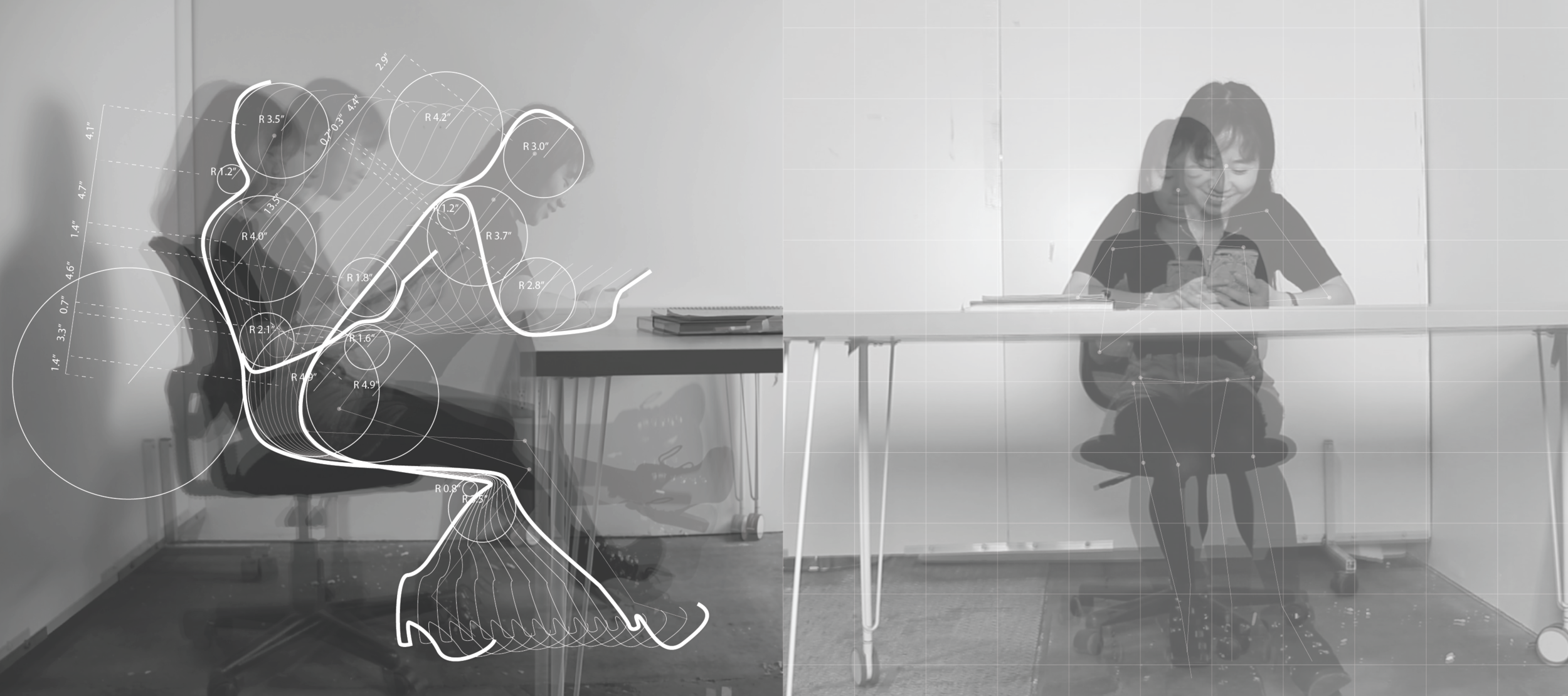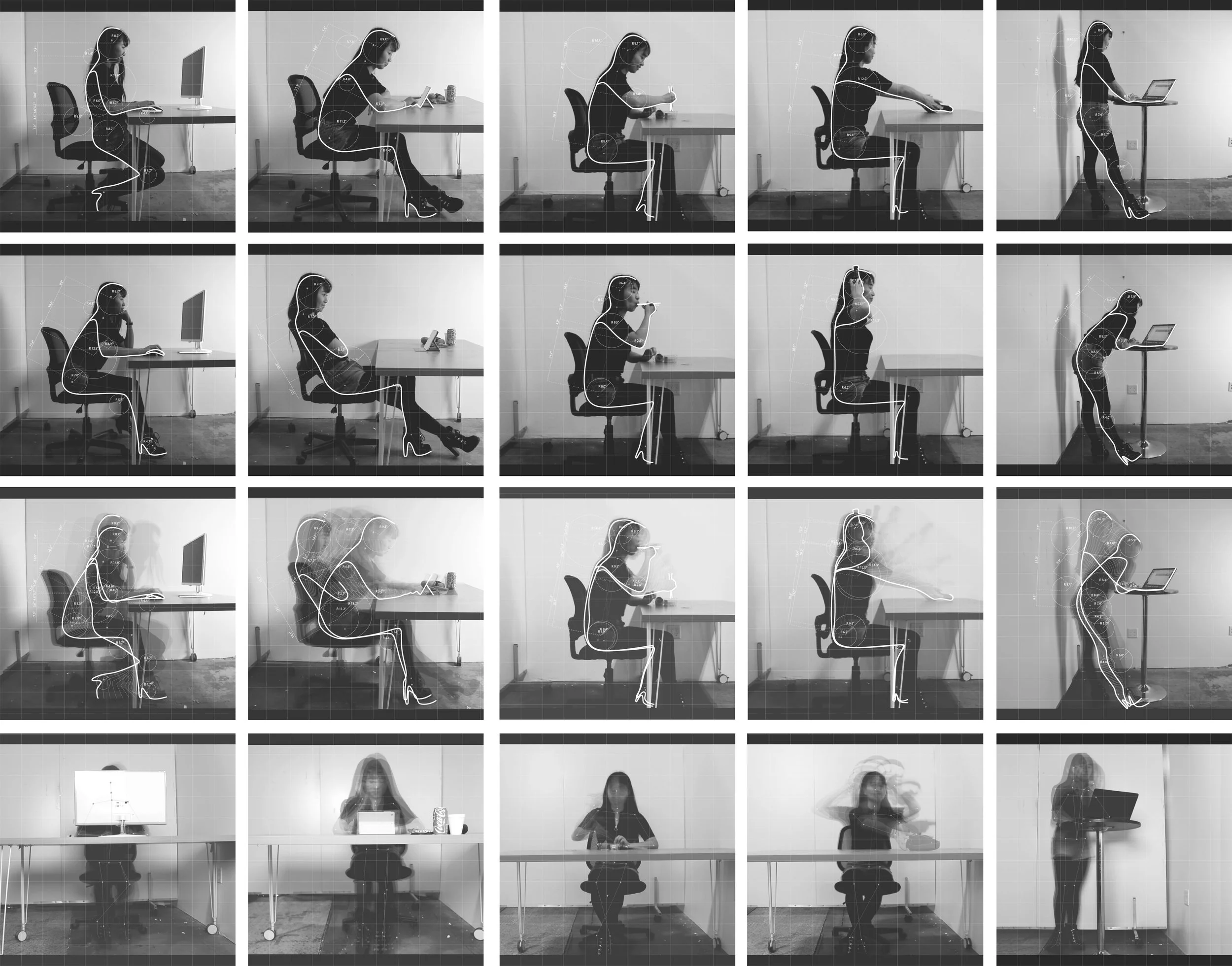BODY.WORK
Workplace design, particularly with regard to the technology sector, has gained considerable attention in recent years as industry giants like Facebook and Google have popularized their innovative and unconventional facilities, making the “creative office” the industry’s dominant ideal. The creative office, with features like collaboration spaces and leisure amenities, has become the de facto model for progressive workplaces, yet it is not clear (a) if these spaces are appropriate for all work types, and (b) if the model is already outdated. Questions raised at the July CIO Exchange of UCLA’s IS Associates suggest that the member organizations are concerned about ways their own facilities might better suit in-house technology staff. This pilot study addresses an increasing need for senior administrators who manage information technology systems and staff to re-evaluate their current workplace assets and better understand future trends in order to enhance performance, increase innovation, and recruit and retain their desired workforce.





In an attempt to conceive a contemporary office environment for NASA JPL, a series of ergonomic studies examined a variety of functions and conditions that have entered our office spaces but are yet incompatible with the physical environment (furniture or architecture) they are contained within: from reading and responding emails on a desktop computer, teleconferencing or speaking on the phone, to listening to music, texting or having a private phone conversation with friends or family, taking a coffee or lunch break at one’s desk, or even simply relaxing for a few minutes within the busy working schedule.


